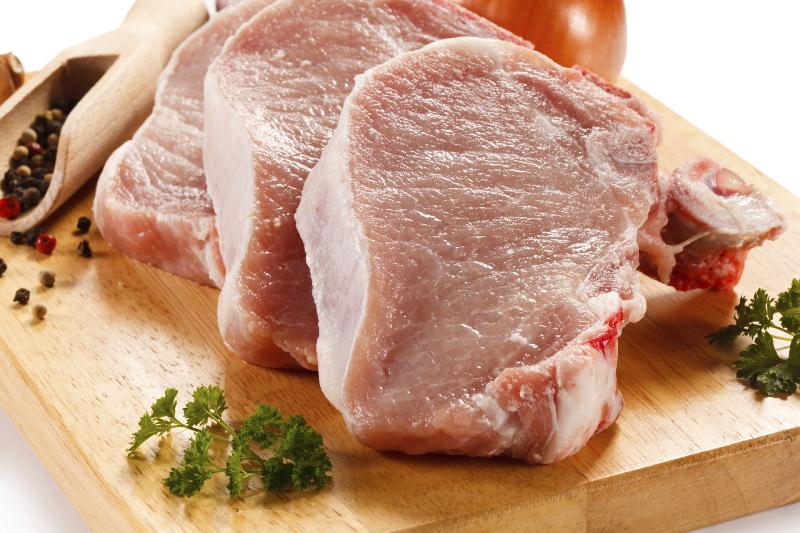 There was a sharp growth in Brazilian pork exports in the first quarter of 2016, of over 80% year on year, to 140,000 tonnes.
There was a sharp growth in Brazilian pork exports in the first quarter of 2016, of over 80% year on year, to 140,000 tonnes.
Trade with its traditional markets of Russia and Hong Kong moved up sharply, rising by around two thirds. Brazil’s export diversification strategy, though, is now paying off as China has emerged as its third largest market in very quick time, as shipments were negligible a year before. By March shipments had reached 6,400 tonnes, to account for 11% of total Brazilian trade, and up from just 1,600 tonnes in January. This is given increased access to the Chinese market as more Brazilian plants obtain approval. Even shipments to Singapore and Angola were also well up in the first quarter.
Brazilian pork exports, January-March
|
|
2014 |
2015 |
2016 |
|
000 tons |
|||
|
Total frs/frz |
92,6 |
76,4 |
139,7 |
|
Russia |
33,9 |
33,7 |
58,3 |
|
Hong Kong |
18,5 |
17,6 |
28,7 |
|
China |
0,3 |
0,1 |
10,9 |
|
Singapore |
7,8 |
5,4 |
10,0 |
|
Angola |
9,5 |
3,6 |
6,1 |
|
Uruguay |
4,3 |
4,3 |
5,7 |
Source: SECEX — Foreign Trade Secretariat, GTIS
Brazilian pork is very competitive with the average export price down by as much as 32% in US dollar terms in the first quarter of 2016, compared with a year earlier. This represents a much larger price fall than for other major exporters, such as the EU and the United States, although their data is not so up to date. This was helped by the marked fall in the value of the Brazilian currency, as in reals the average export price was only 8% lower. The sharp increase in volume shipments meant that the value of exports in real increased by two thirds.
The increase in volume exports has helped to provide some support to Brazilian producers as production was higher year on year. Meanwhile, domestic demand has been reduced by the poor economic situation, with reduced consumer spending and intense heat in much of the country. Pig meat consumption in Brazil is more focussed on the winter months.
AHDB


